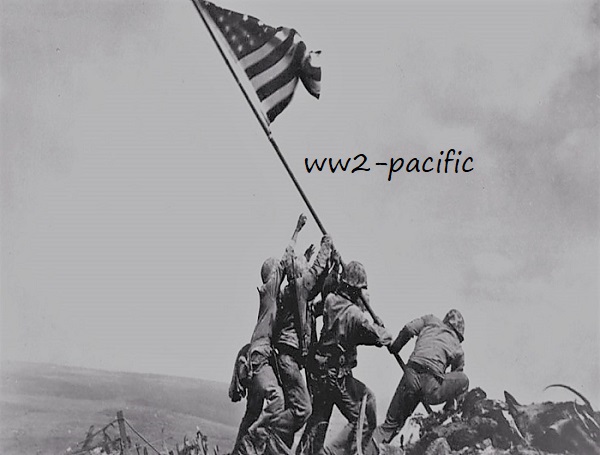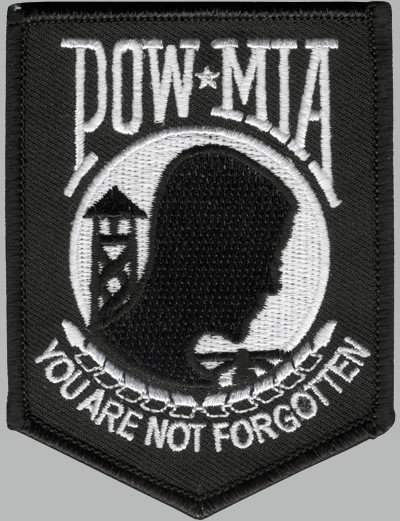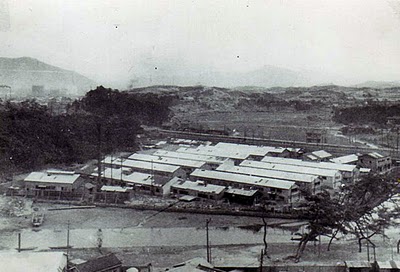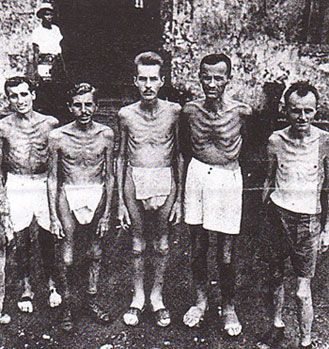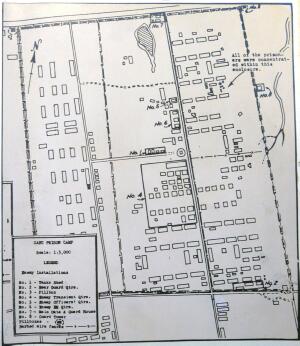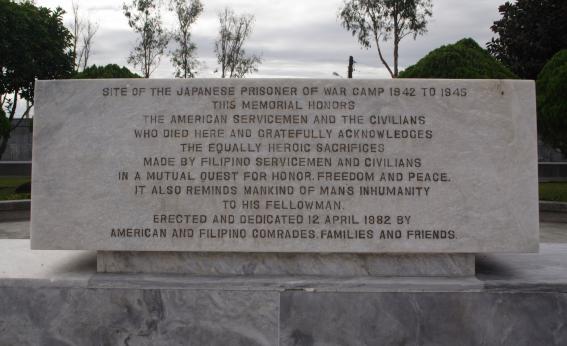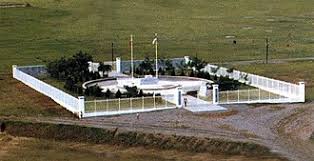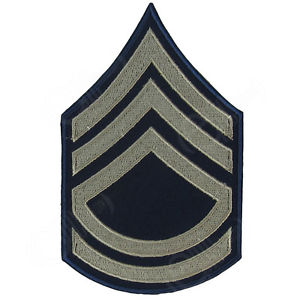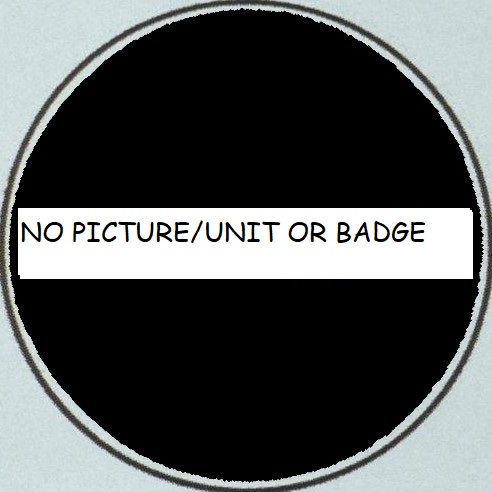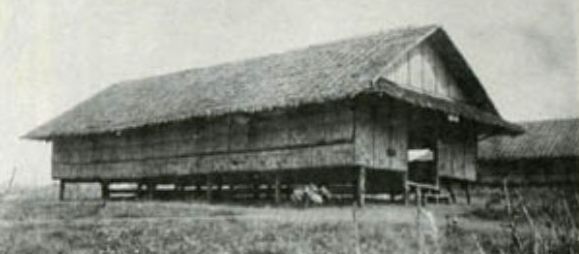Rank and Name, Technical Sergeant Charles E. Young Jr.
Unit/Placed in, 429th Signal Company, Aviation, United States Army.
Camp Cabanatuan(Pangatian)
(former HQ 91st Philippine army Division)
After the Japanese occupation in 1942, the camp was converted by the Imperial Japanese Army into the Cabanatuan POW Camp. At its height, 8,000 prisoners were detained at this location. The prisoners also included some civilians including one British and one Norwegian citizen. This POW Camp detained prisoners until liberated during the night of January 30, 1945.
The rectangular camp spanned roughly 25 acres and was 800 yards deep by 600 yards wide, divided by a road in the center. The camp consisted of a barracks for Japanese guards, barracks for prisoners, a hospital and water tower enclosed by barbed wire with guard towers.
Charles is born approx. on 1910 in California.
Father, Charles E. Young Sr.
Mother, Georgia E. Young.
Brother(s), Joseph S. Young.
Charles enlisted the service in California with service number # 39159623.
Charles died as a POW in Camp Cabanatuan on 16 July 1942, he is honored with a POW Medal, Good Combat Ribbon, Good Conduct Medal, American Campaign Medal, Army Presidential Unit Citation, Asiatic Pacific Campaign Medal, WW II Victory Medal.
Charles is buried/mentioned at Manila American Cemetery and Memorial Manila, Metro Manila, National Capital Region, Philippines.
Walls of the missing.
Charles is also Mentioned at Cabanatuan Memorial, Manila, Capital District, National Capital Region, Philippines.
Thanks to,
Jean Louis Vijgen, ww2-Pacific.com ww2-europe.com
Air Force Info, Rolland Swank.
ABMC Website, https://abmc.gov
Marines Info, https://missingmarines.com/ Geoffrey Roecker
Seabees History Bob Smith https://seabeehf.org/
Navy Info, http://navylog.navymemorial.org
POW Info, http://www.mansell.com Dwight Rider and Wes injerd.
Philippine Info, http://www.philippine-scouts.org/ Robert Capistrano
National Historian
Navy Seal Memorial, http://www.navysealmemorials.com
Family Info, https://www.familysearch.org
Info, https://www.pacificwrecks.com/
Medals Info, https://www.honorstates.org
Find a Grave, https://www.findagrave.com
Tank Destroyers, http://www.bensavelkoul.nl/
TSG CHARLES E YOUNG JR
Following the Allied surrender on the Bataan Peninsula on April 9, 1942, the Japanese began the forcible transfer of American and Filipino prisoners of war to various prison camps in central Luzon, at the northern end of the Philippines. The largest of these camps was the notorious Cabanatuan Prison Camp. At its peak, Cabanatuan held approximately 8,000 American and Filipino prisoners of war that were captured during and after the Fall of Bataan. Camp overcrowding worsened with the arrival of Allied prisoners who had surrendered from Corregidor on May 6, 1942. Conditions at the camp were poor and food and water supplied extremely limited, leading to widespread malnutrition and outbreaks of malaria and dysentery. By the time the camp was liberated in early 1945, approximately 2,800 Americans had died at Cabanatuan. Prisoners were forced to bury the dead in makeshift communal graves often completed without records or markers. As a result, identifying and recovering remains interred at Cabanatuan was difficult in the years after the war.
Technical Sergeant Charles E. Young Jr. entered the U.S. Army from California and served with the 429th Signal Company in the Philippines during World War II. He was captured in Bataan following the American surrender on April 9, 1942, and died of malaria and dysentery on July 16 , 1942, at the Cabanatuan Prison Camp in Nueva Ecija Province. He was buried in a communal grave in the camp cemetery along with other deceased American POWs; however, his remains could not be associated with any remains recovered from Cabanatuan after the war. Today, Technical Sergeant Young is memorialized on the Walls of the Missing at the Manila American Cemetery in the Philippines.
Based on all information available, DPAA assessed the individual’s case to be in the analytical category of Active Pursuit.
If you are a family member of this serviceman, DPAA can provide you with additional information and analysis of your case. Please contact your casualty office representative.
Thanks to D.P.A.A.
